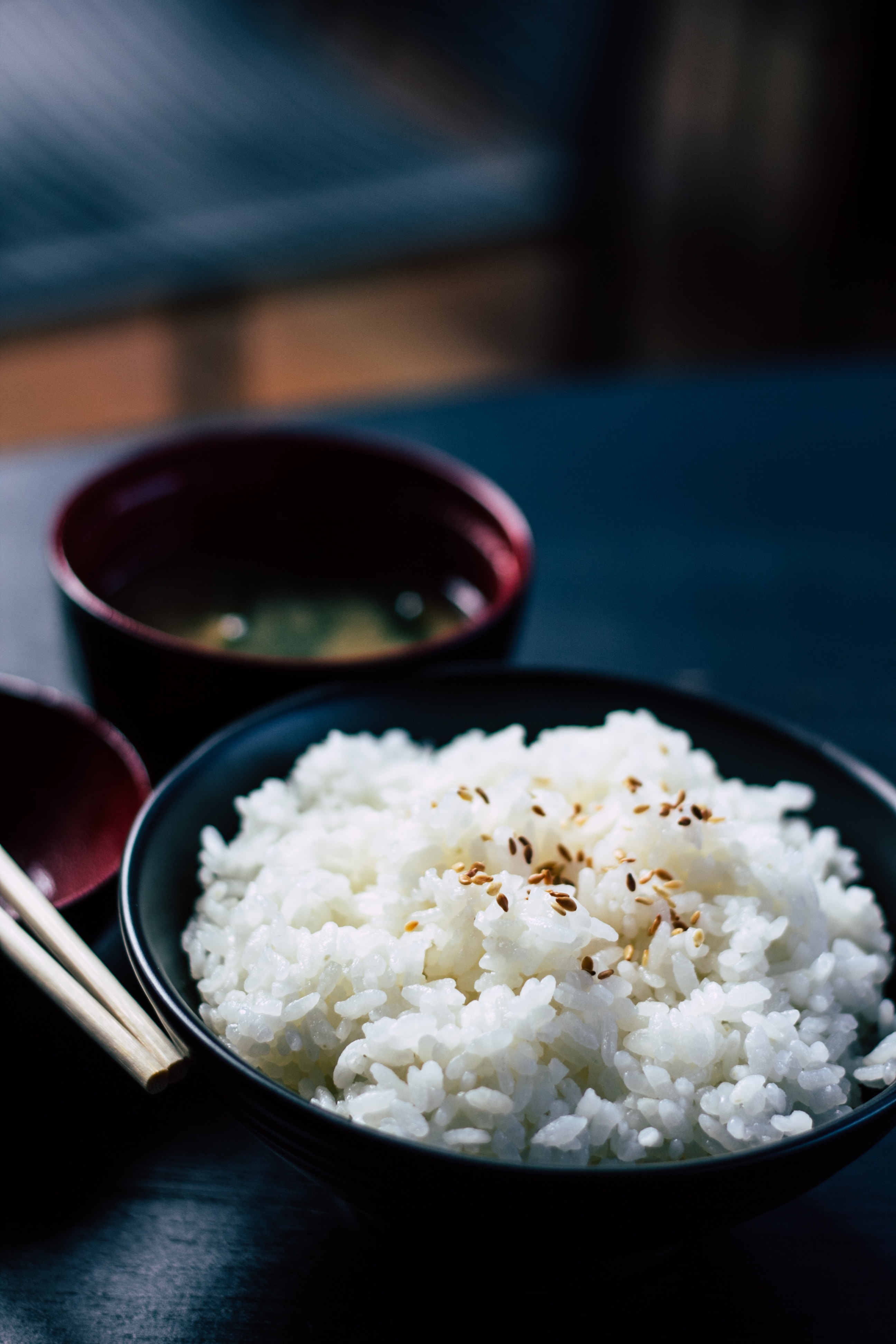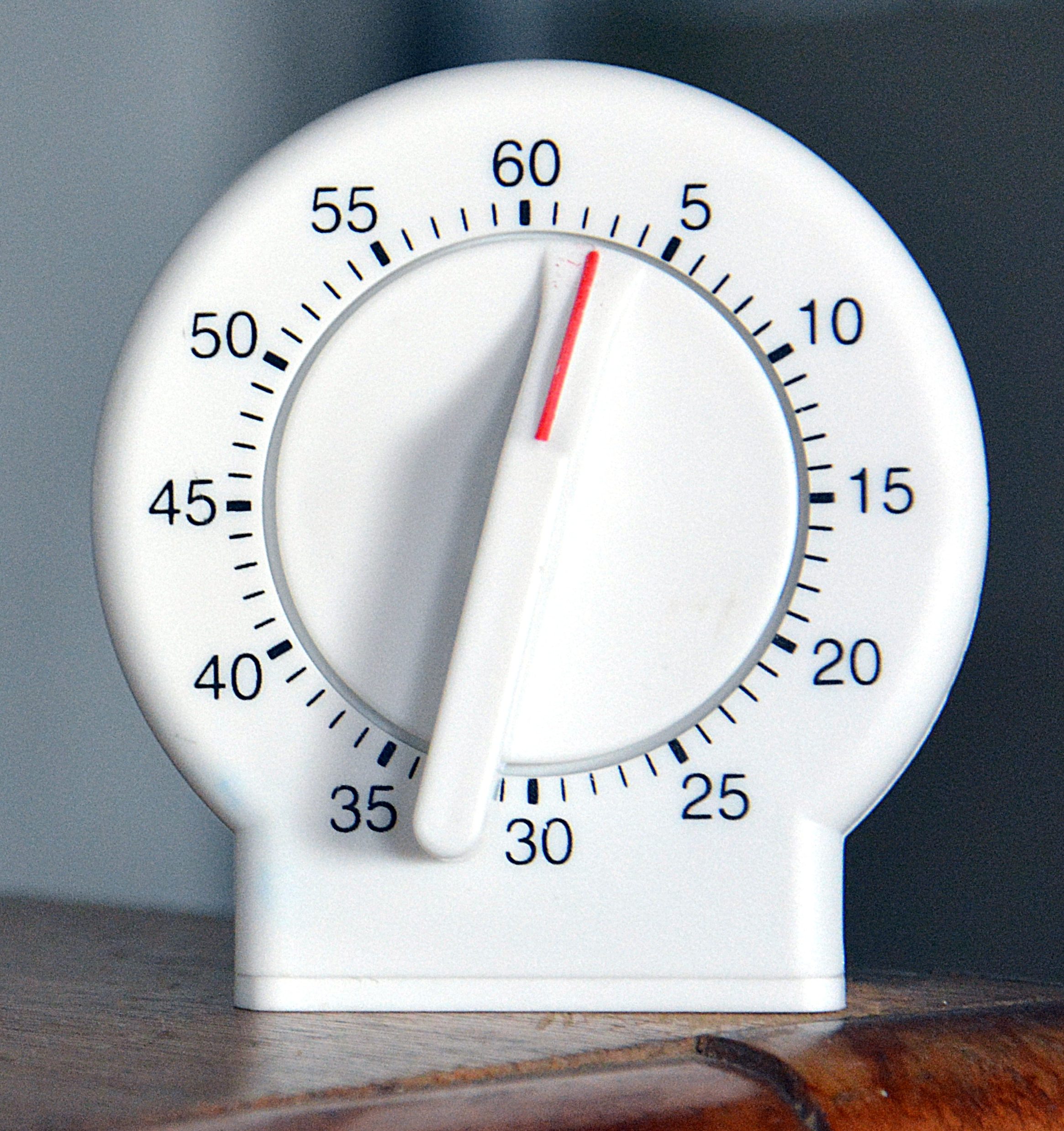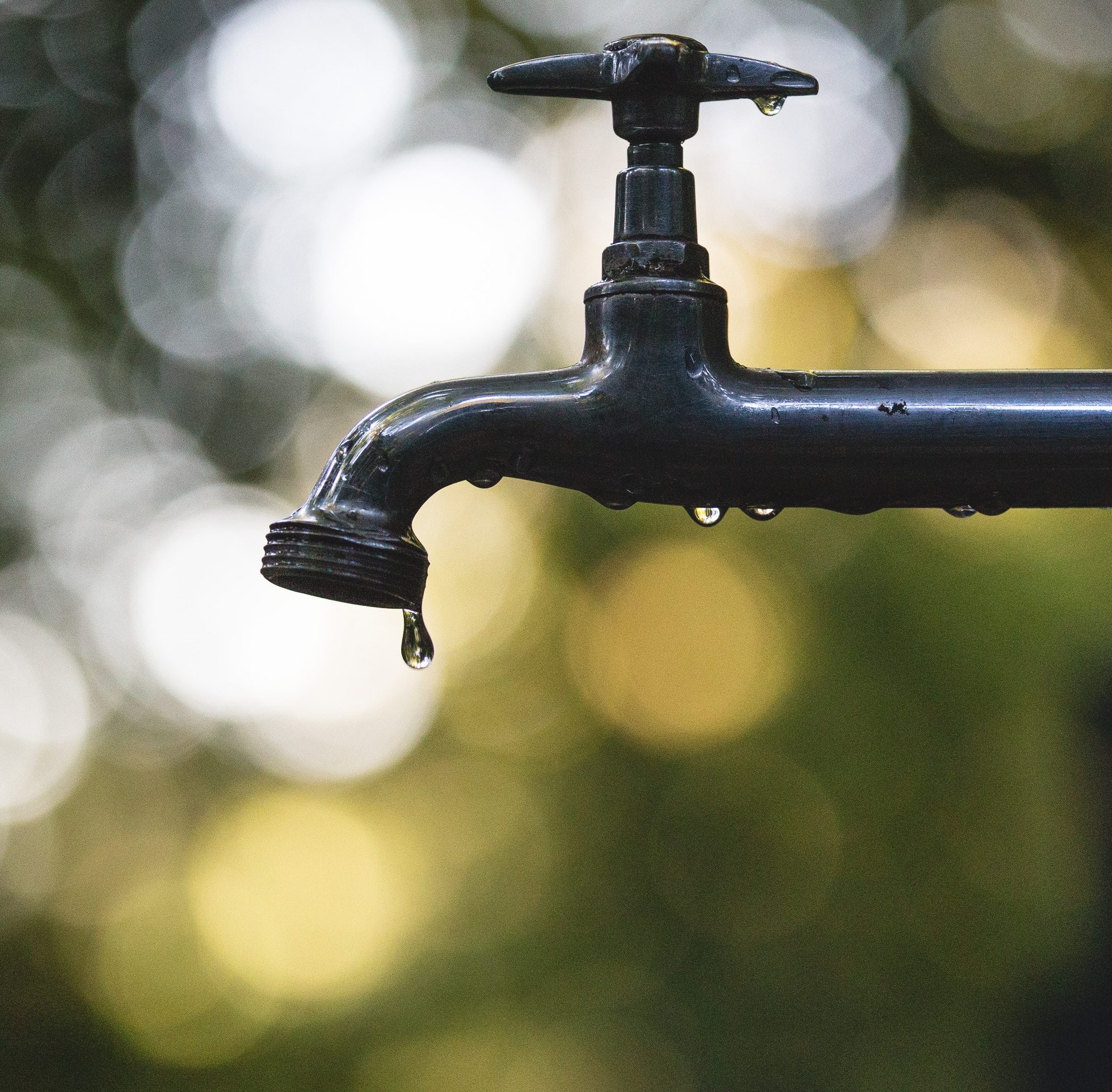GLUTEN FREE RICE FLOUR
Did you know that you can make your own gluten-free flour for battering or baking needs by pulsing and grinding dry rice in a blender?
- Tip: If the grinding does not achieve a uniform result, sift the flour to remove the larger unground pieces
- Tip: 1 cup of rice yields about 1 1/2 cups rice flour
- Tip: for Baking needs, blend 1 tbsp. baking powder for each cup of rice flour




